Impressed by the dialogue associated with the message of determination to preserve the national flag flying by the cadres, soldiers and people of Vinh Linh front ( Quang Tri ) in the play "For the Fatherland" (written by playwright Dao Hong Cam with writer Xuan Duc more than half a century ago), staged and performed by the Army Drama Theater to celebrate the 80th anniversary of the founding of the Vietnam People's Army, on the occasion of the 50th anniversary of the Liberation of the South and National Reunification, we returned to the historical land...
We were fortunate to walk along the Hien Luong bridge with director, Meritorious Artist Tran Vinh - who was honored by the General Department of Politics (GDC) of the Vietnam People's Army with the title "The person who made the most war films in Vietnam". The 82-year-old artist walked slowly across the bridge from the South bank to the North bank, his eyes shining as he looked up, pointed and read aloud the red painted words on the welcome gate at the North bank: "Vietnam is peaceful , unified/ Independence, democracy and prosperity forever". He pointed us to the national flag on the Hien Luong flagpole, emotionally saying: "The red flag with a yellow star on the North bank of the 17th parallel is like an immortal symbol of faith, will and strength as well as the aspiration for national unification of the entire Vietnamese people".
Walking with the artist, we heard his excited voice as memories flooded back: “I still remember clearly the moment on April 30, 1975, the brothers of the TCCT Drama Troupe (the name of that day) were rehearsing a new play when they received news of the great victory of the Ho Chi Minh Campaign, liberating the South and unifying the country. That same afternoon, we received orders to immediately set off for the liberated areas to perform for the soldiers and the people. The first place we stopped and performed was Vinh Linh, then Hue, Quang Nam ... to the southern provinces and continuously performed in Saigon until June 1976”.
“My artistic life has been fortunate to be able to play the role of a soldier, from the role in the play “Chi Nhan”, then the role of the Company Commander in the play “My Company Commander”, the role of the Commissar and Commander of Vinh Linh in the play “To Quoc”, later renamed “Vi To Quoc”... to return to the historic land of Vinh Linh to perform for the soldiers and the people”, director Tran Vinh recounted and did not forget to remind and express gratitude to the playwright and writer Dao Hong Cam.
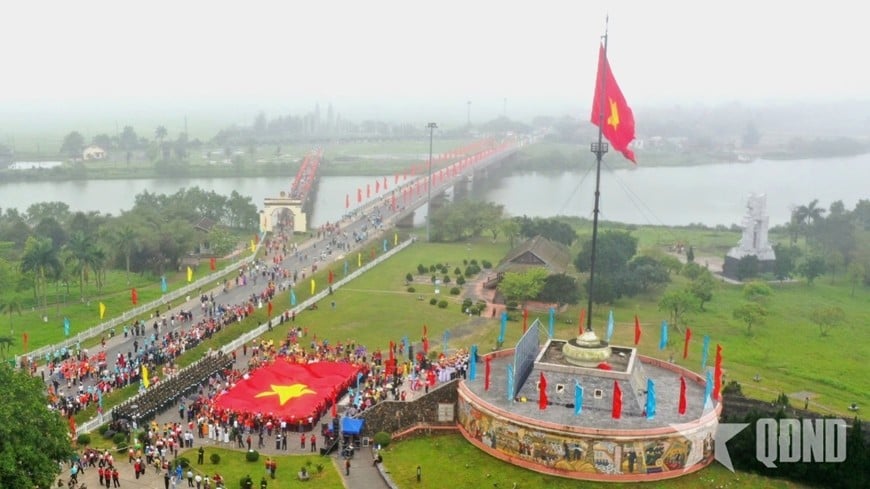
When mentioning the military playwright Dao Hong Cam, many people remember his famous works such as: "Chi Nhan", "Noi Gio", "Dao Doi Chu Cua Toi", "Vi To Quoc", "Tieng Hat"... The play "Vi To Quoc" in particular is a very... Vinh Linh story. He entered Vinh Linh in 1962, when he led the TCCT Drama Troupe to serve the soldiers and people in the border area. In 1967, when the US air force and navy were fighting fiercely in the North, Dao Hong Cam was present in Vinh Linh. He witnessed many times the image of the flag at the border bridge being torn to pieces by American bombs. But just a few minutes later, under the enemy's bombs, the national flag was raised by our soldiers, flying high and proud, warming the hearts of the people and soldiers, making the enemy angry. The intention of writing a play about Vinh Linh, about the national flag always urged him. In early 1973, the Paris Agreement on ending the war and restoring peace in Vietnam was signed. Author Dao Hong Cam returned to Hanoi. Writer Xuan Duc came to visit, he proposed to collaborate in writing a play about Vinh Linh, in which the image of the national flag was used as the "red thread" throughout the play. In 1976, the play was staged and performed to serve the 4th National Congress of the Party, named "Fatherland". The play with characters appearing to sparkle with the noble qualities of revolutionary heroism. Later, the play was re-staged many times, renamed "For the Fatherland", the script was awarded the Ho Chi Minh Prize for Literature and Arts to the two authors Dao Hong Cam and Xuan Duc.
“Every time I return to this land, I am very moved, memories come flooding back. I have put many characters and stories here into films!”, Meritorious Artist Tran Vinh said. He also remembers the story of the brave witnesses on both banks of Hien Luong-Ben Hai who persistently preserved and raised the flag high, such as Colonel Nguyen Thanh Ha, former Squad Leader of Squad 1, Border Police, who received the order to erect a flagpole so that people traveling between the two regions could “see the Fatherland together” during the National Day ceremony on the morning of September 2, 1954. The red flag with a yellow star measuring 3.2x4.8m fluttered in the wind as a symbol of hope for reunion and unification. People excitedly poured over Hien Luong Bridge to welcome Independence Day. Having fought here, veteran Tran Quoc Dung still has not forgotten the "flag battles" that took place over many years: "The red flag with a yellow star in the sky of Vinh Linh is a landmark for the people of the South to look back to, and at the same time a symbol of the aspiration for peace and national unity of the entire nation. The flag remains, the Fatherland remains". In the memories of the soldiers protecting the border, the most memorable event was on August 2, 1967, when American planes bombed and destroyed a span of Hien Luong bridge along with the flagpole on the northern bank. Hien Luong could not be without the flag. The flagpole must be rebuilt at all costs! The call of the country made everyone excited. That very night, the militia in the area north of the 17th parallel used electric poles and wooden stakes to erect a new flagpole. The next morning, the red flag with a yellow star was flying again.
According to Mr. Nguyen Quang Chuc, Director of the Center for Monuments and Museums Management of Quang Tri province, during the years of division between the two regions, the Vietnamese national flag never stopped flying on the banks of the Ben Hai River. Broken poles were replaced with new ones. Torn flags were patched up by heroic mothers and sisters who volunteered day and night. From 1956 to 1967, we hung 267 flags of all sizes. The army and people of Vinh Linh went through more than 300 large and small battles to keep the Hien Luong Flagpole. In 1967 alone, the flagpole was replaced 11 times, the national flag was replaced 42 times because of bombs and artillery of the US and puppet regime. 2 police officers and 11 Hien Luong militiamen heroically sacrificed their lives in the fight to keep the sacred flag flying...
In 2005, on the occasion of the 30th anniversary of the Liberation of the South and National Reunification Day, the People's Committee of Quang Tri province organized the reconstruction of the Hien Luong flagpole according to the original model on the North bank of Ben Hai River with a height of 38m, of which the pedestal is 11.5m high.
Every year, on the historic April 30th, Quang Tri organizes the "Unification of the Country" flag-raising ceremony. Amidst the majestic music of the National Anthem, the national flag is raised in a touching atmosphere, as if to remind today's generations to better understand the aspiration for unification and the value of peace. At the special national historical relic complex on both banks of Hien Luong-Ben Hai today, besides the evidence of war, many works associated with history have been restored; artifacts and images are displayed for people and tourists to visit. And over the years, the national flag has always flown in the sun and wind, in national pride along the banks of Hien Luong. That flag will continue to fly like that forever, as a testament to the passionate patriotism of the army and people of the "land of fire" Quang Tri.
Source: https://baolangson.vn/la-co-con-to-quoc-con-5045906.html


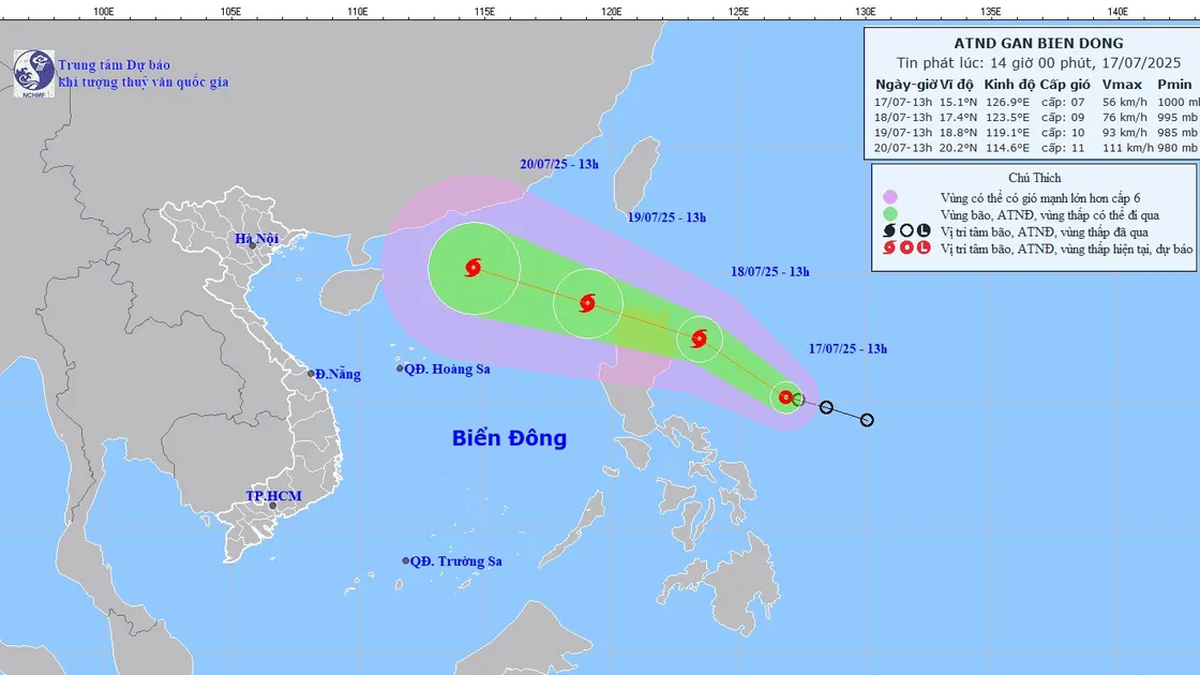
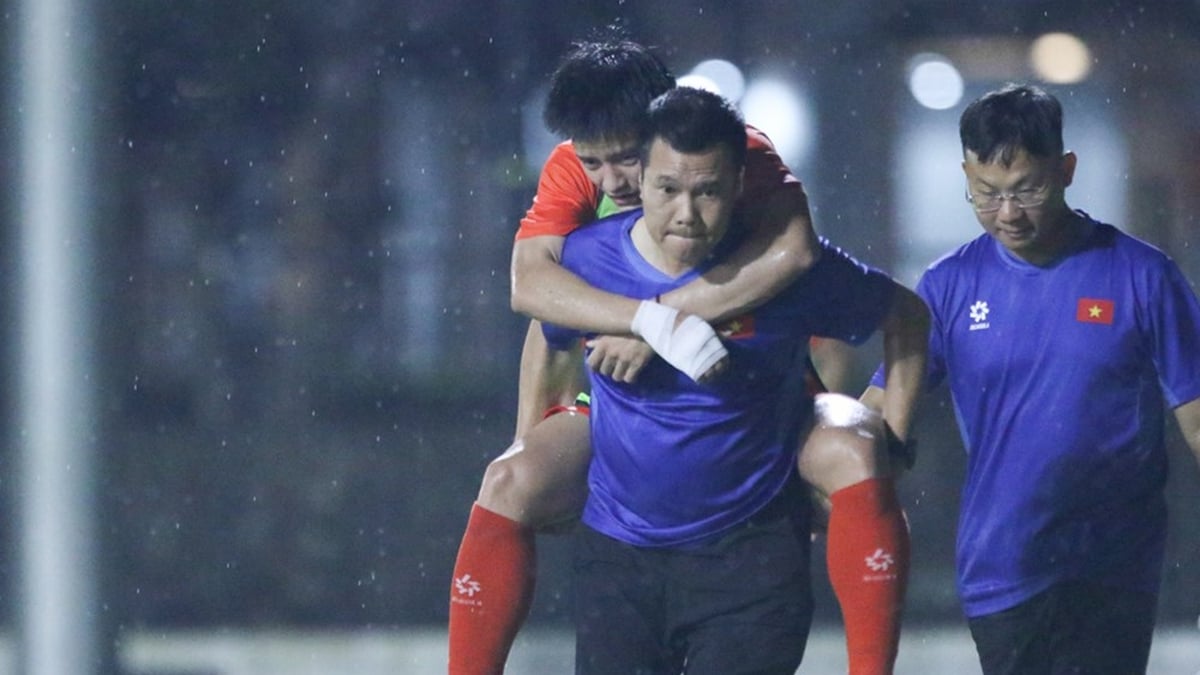
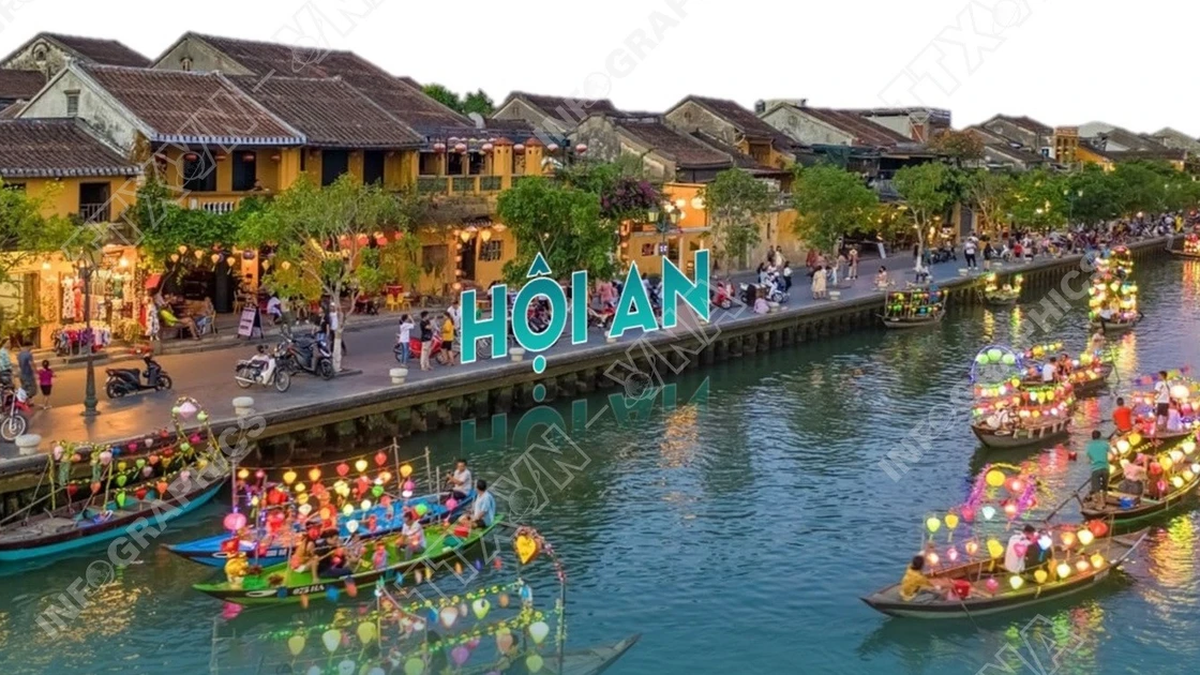
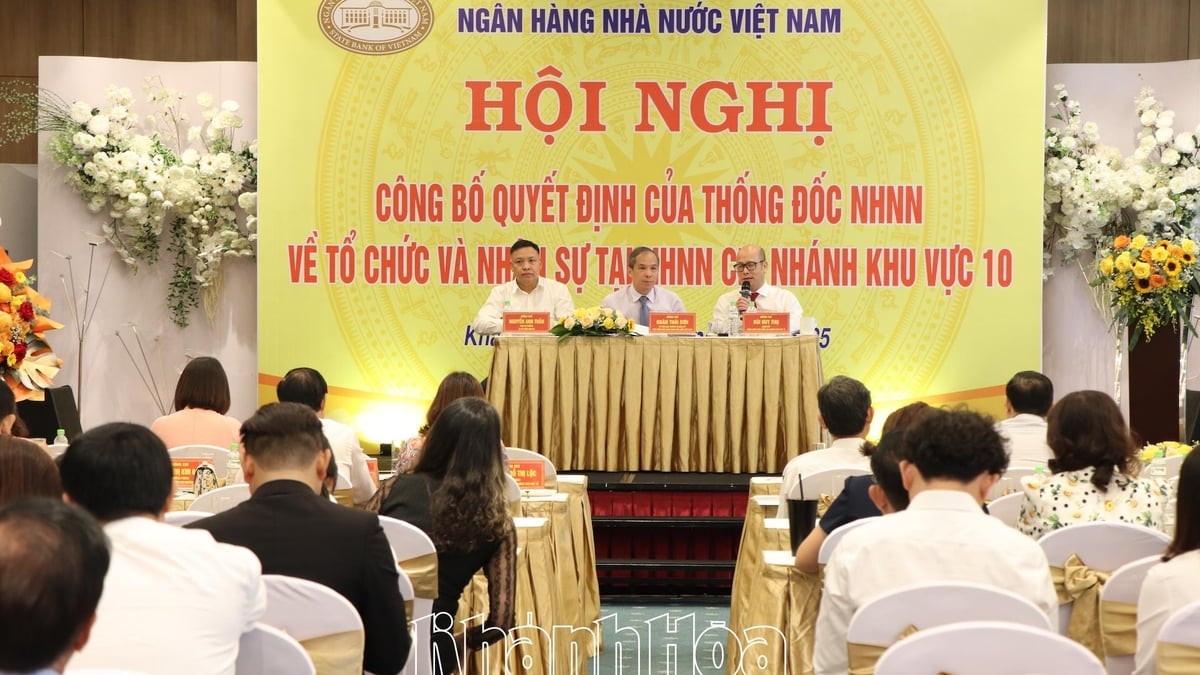
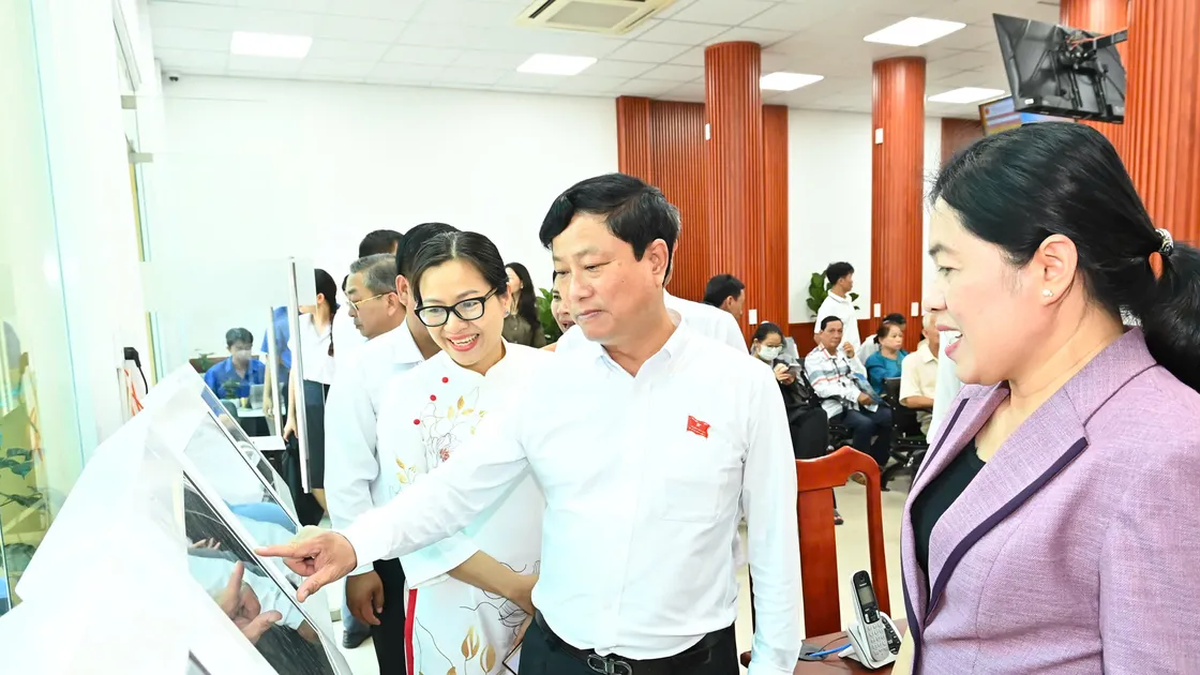

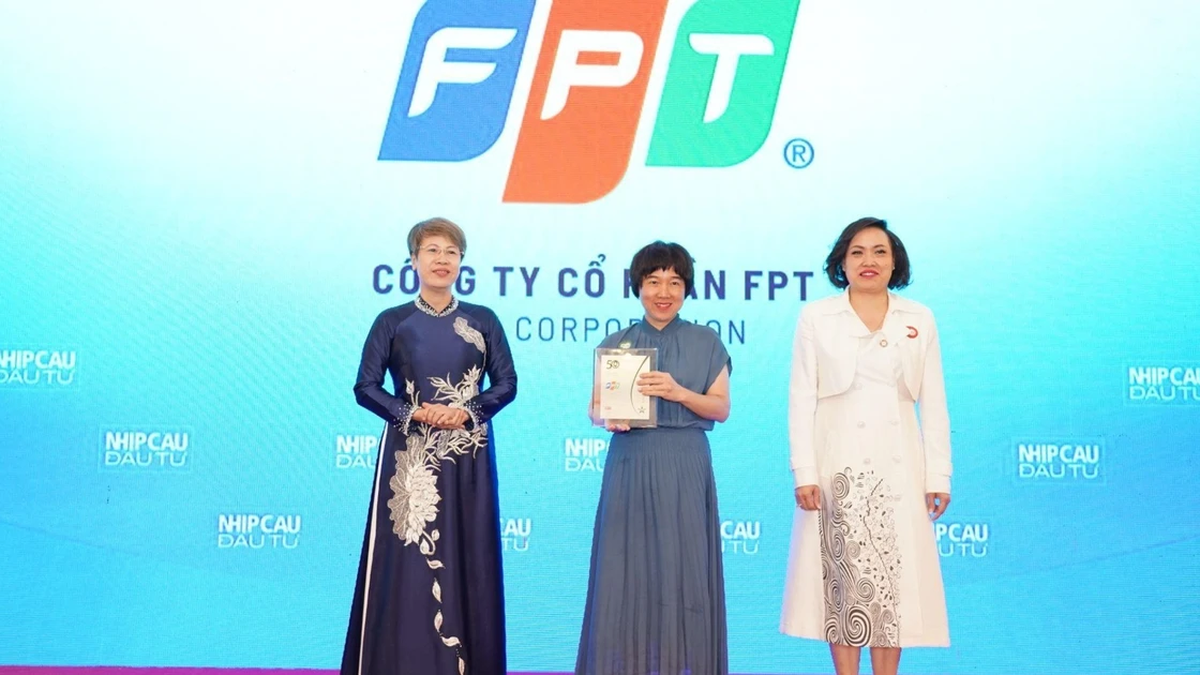
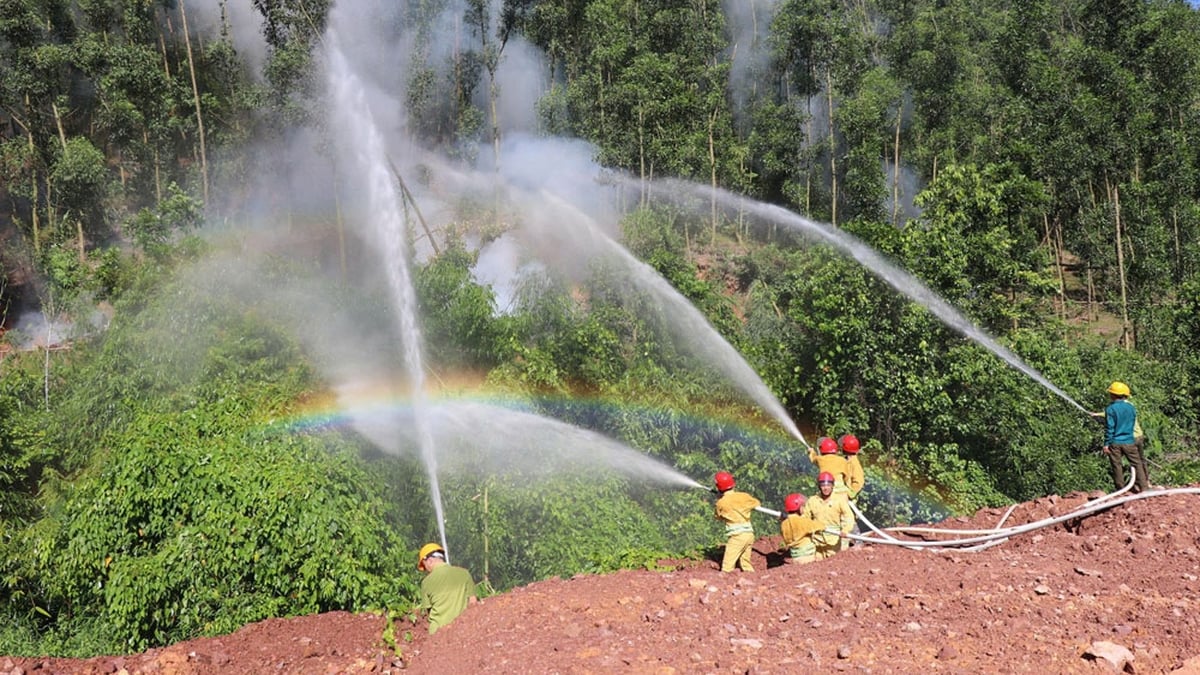
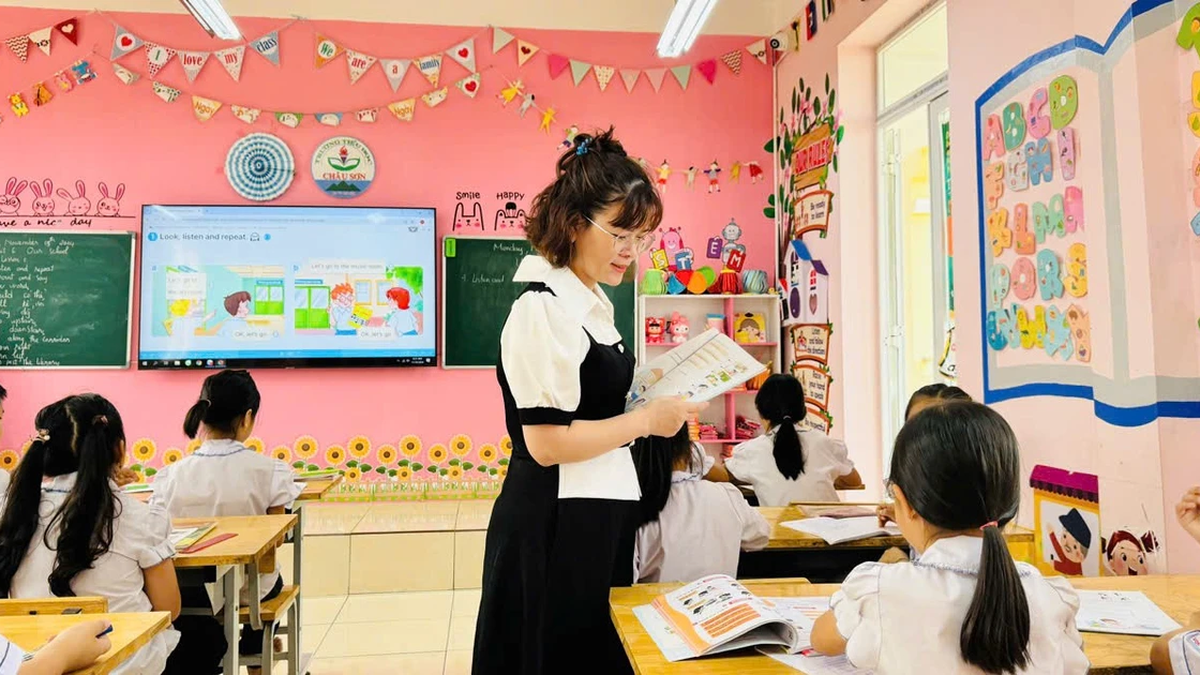




















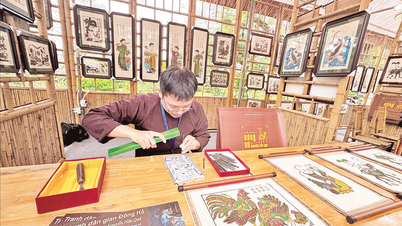

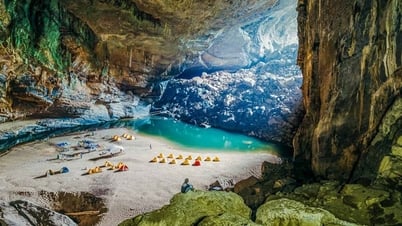
















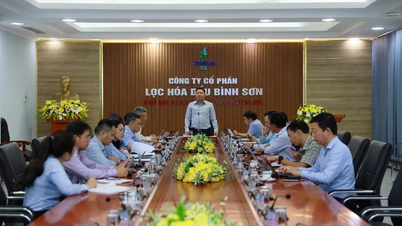




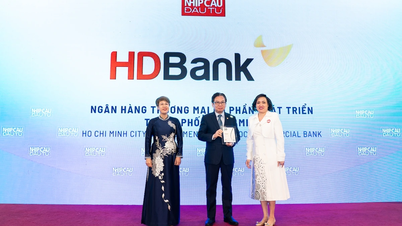
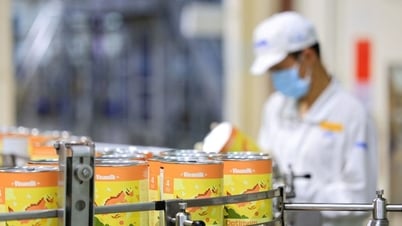



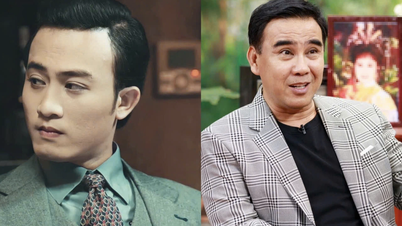
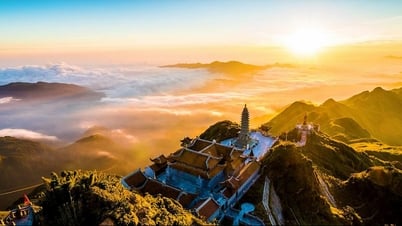
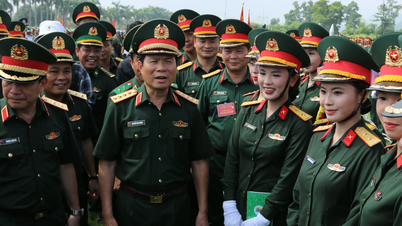

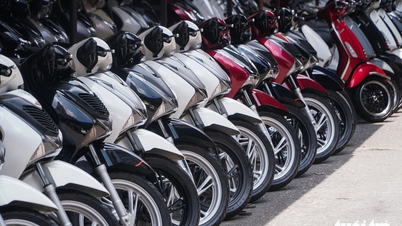
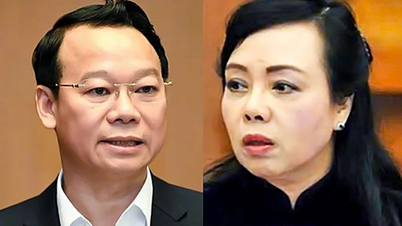
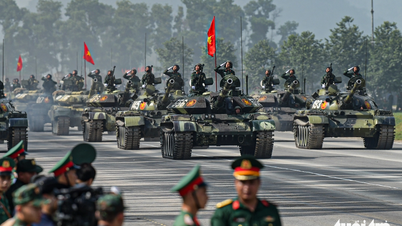
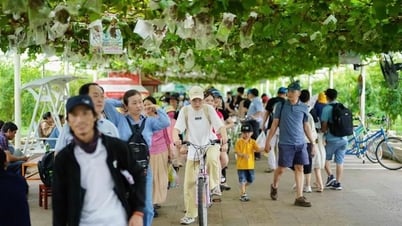

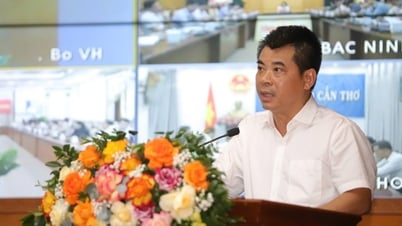
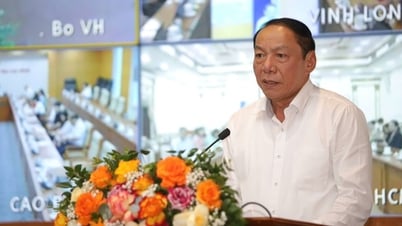
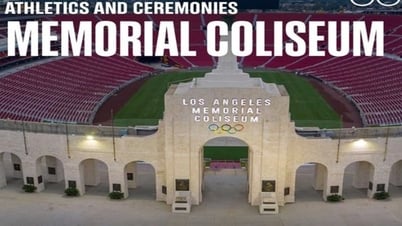

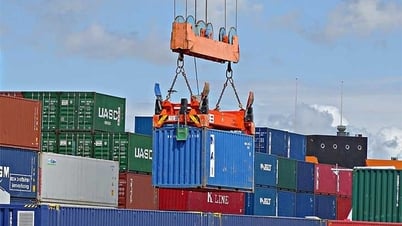





















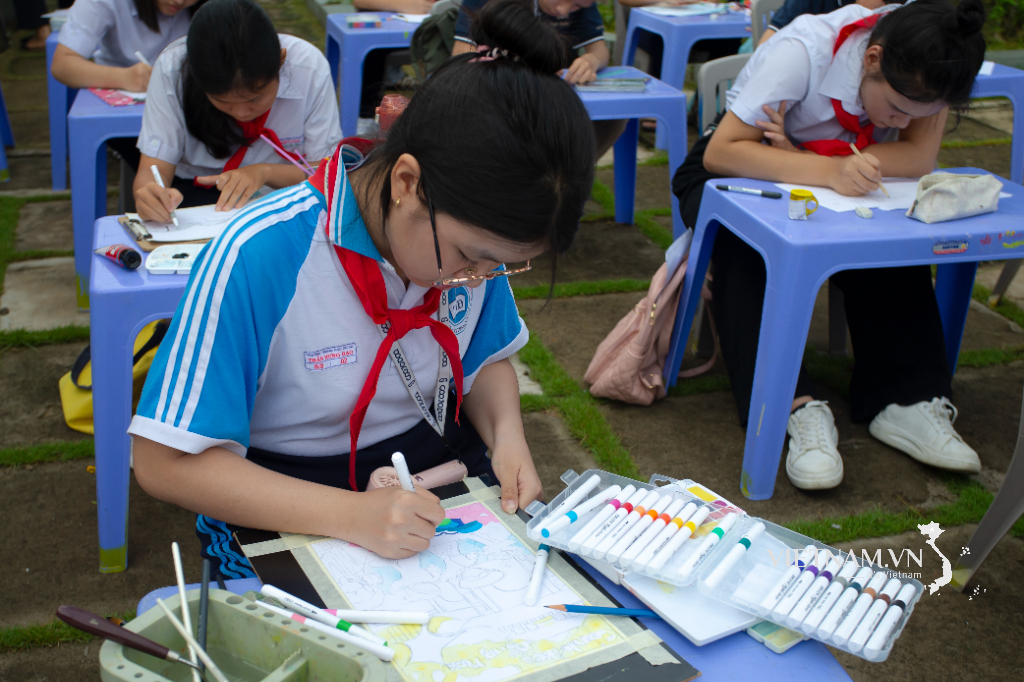



Comment (0)